Much discussion exists among creationists concerning the flora, fauna, and climate of the world before its utter destruction by the global Flood. But what was the world like immediately after the Flood? The Bible’s specific details on this period of time are scant. Creation geologists must turn, then, to the fossil and rock records. They must glean from here a better understanding of how our planet recovered from the greatest cataclysm in its history.
The following is a summary of “The Green River Formation: a large post-Flood lake system” by John H. Whitmore, and of the surrounding discussion and research pertaining to it. The views expressed do not necessarily reflect those of New Creation.
Green River Fossils
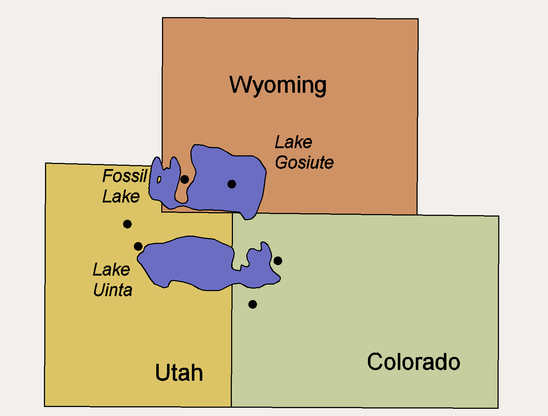
Geologist John Whitmore and Paul Garner [1] did just such research on the Green River Formation (GRF). This series of fossil deposits is situated in three low-lying areas at the eastern base of the Rocky Mountains. These areas are located in Wyoming, Utah, and Colorado. These deposits occur on top of the thick and uniform sediments that carpet the continents. Many creation geologists attribute these layers to the global Flood. But why would they rest below layers of the Ice Age that followed the Flood? This order of layers indicates that the GRF is instead a series of early post-Flood deposits. There are no human fossils found in the GRF. This probably means they pre-date the Babel dispersion (Genesis 11). Up until that time, after all, all humans were located in the Plains of Shinar.

Dr. Whitmore has interpreted the GRF deposits as the remnants of at least three intermountain lakes: Lake Gosiute, Lake Uinta, and Fossil Lake. Researchers find fossils of bird tracks, bird nests, stromatolites (boulder-looking colonies of bacteria), and large caddis fly mounds along the perimeters of the basins (the lakeshores). Numerous fossils of fish and other freshwater creatures dominate the fossil record within what would have been the deeper regions of the lake. Contrary to popular belief, most GRF fish fossils are not perfectly preserved, as they often show various stages of decay. Nevertheless, the details on the few well-preserved ones are exquisite. Some were buried and fossilized in the act of swallowing other fish!
Diversity at Green River Formation
Fossils of land animals are comparatively rare in the GRF, likely due to the fact that it represents lake deposits. Despite this, Wyoming today has far fewer orders, families, and genera versus the number of species when compared to GRF Wyoming. This demonstrates that there is a lot of diversity within that smaller number of mammal groupings.
| Species | Genera | Families | Orders | |
| Wyoming Today | 117 | 61 | 21 | 7 |
| Wyoming of GRF | 120-154 | 85 | 41 | 16 |
This is significant because the GRF occurs very soon after a major extinction event. (This is accurate whether one thinks biblical perspective’s Flood, or the secular perspective’s end-Cretaceous extinction event.) Evolutionists would expect diversity to occur first, only followed by disparity as species evolved with the passage of time. Creationists, on the other hand, would expect to see disparity in the earliest post-Flood deposits. In their view, each of the created kinds represented in the GRF did not have to evolve from a common ancestor. Rather, they are only a handful of generations removed from the created kinds that walked off Noah’s Ark after the Flood. Not enough time had passed for much within-kind diversification.
Travel Size for Your Convenience
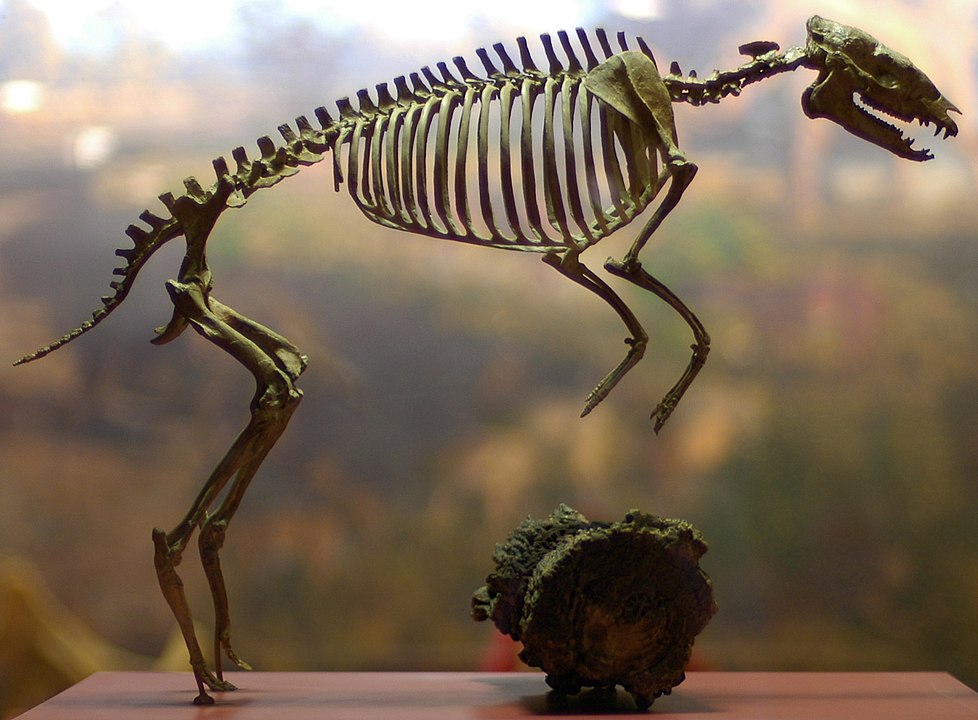
Whitmore and Garner have suggested that the GRF lakes and their associated ecology began within decades to centuries following the Flood. If so, then the mammals represented here must have made the trip to America from the Ark in the Middle East in that period of time.
How was this possible? Whitmore and Garner point out that most created kinds that contain large animals in the present are quite small in the GR. For example, the early post-Flood horse Eohippus (pictured above, sometimes called Hyracotherium) was the size of a dog. Smaller animals generally have a much faster reproductive rate and larger litter sizes than their larger relatives. This suggests God may have specifically chosen smaller members of created kinds to represent His creations on the Ark with this in mind.
With a robust population just a few years after the Flood, these pocket-sized varieties of mammal kinds could have colonized much of the world within just a century or so. They might have utilized land bridges and rafts of vegetation that floated along by ocean currents.
To read the full article, click here.

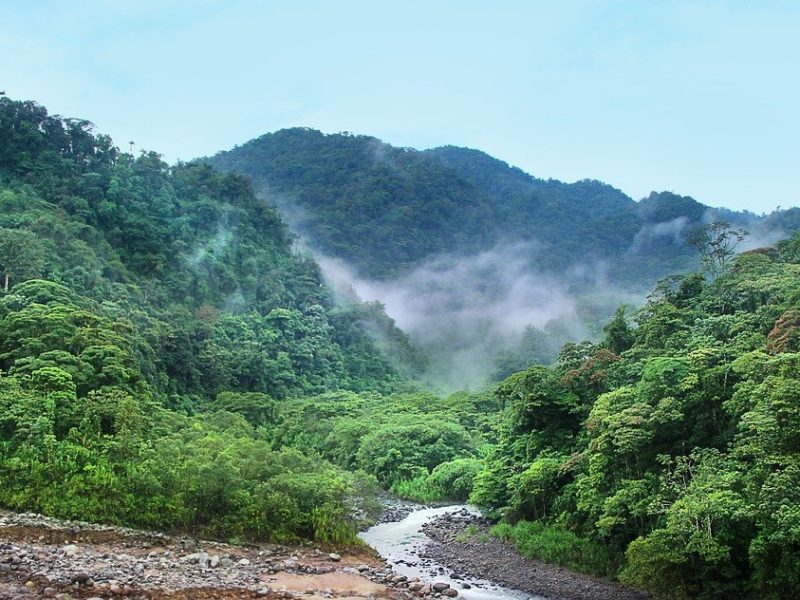
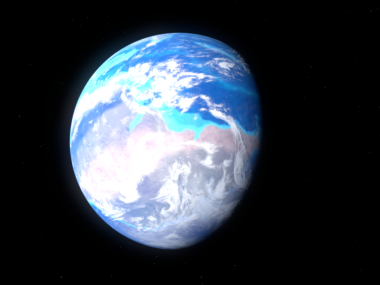

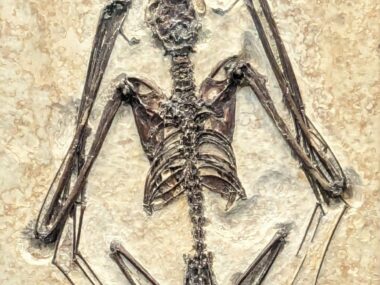







Why didn’t God just create new animals as he did in the beginning? He created them all in one day. The arc could have been smaller.
Makes perfect sense!